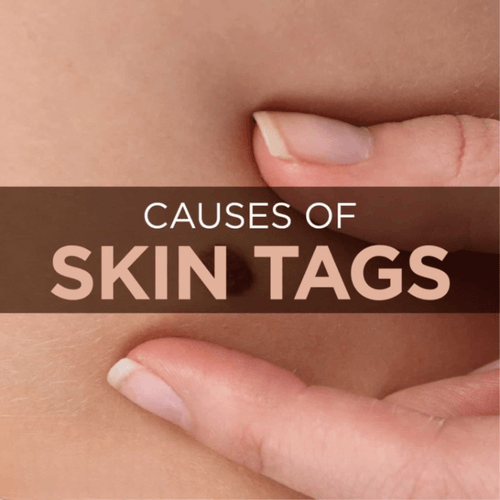Live Long; Happy Strong

SWEAT NOW SHINE LATER
On good days, work out. On bad days, work out harder.Use this text to share information about your brand with your customers.
John S.

Barbell & Dumbbell
Fitness Exercise Home Gym Plate Bar Clamp Rod
Never miss a Monday.
Take care of your body. It's where you live. Someday your hardest workout will be your warmup.










